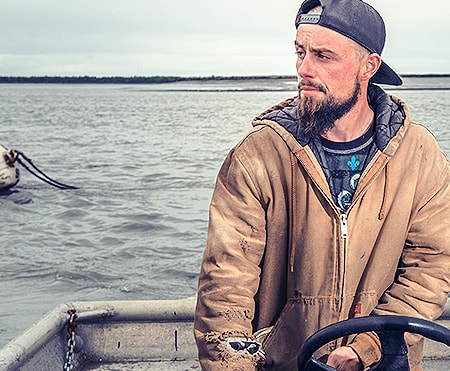Alaskan Fishing
Why choose Wild Alaskan fish? Alaska is home to abundant stocks of many species of fish, and offers some of the cleanest marine, freshwater, and upland habitats in the world. Alaska is thousands of miles away from large sources of pollution that can contaminate the human food supply in other parts of the world. These distances, combined with the earth’s patterns of circulation of water and air help to ensure that Alaska’s own waters are among the cleanest in the world. Alaska’s human population density is among the lowest of any in the United States, and lower than most places in the world. Alaska has little heavy industry, and has strict regulations governing development activities, such as road building, mining, logging, and sewage treatment.
The state of Alaska Department of Environmental Conservation (ADEC) has a regulatory section dealing specifically with water quality. Water discharges such as sewage and other potential pollutants, are closely regulated to ensure high water quality. In addition, Alaska Department of Fish and Game (ADFG) requires prior approval for any in-stream construction activities in Alaska’s salmon streams through the authority of the Alaska statues known as the “Anadromous Fish Act” (Alaska statute 16.05.870).
Alaska’s marine habitats are extremely clean and Alaska’s fish is pure and remarkably free of contamination by pesticides, petroleum derivatives, PCBs, metals and bacteria. Further, Alaska also has a Forest Practices Act requiring buffer zones from logging along salmon streams to prevent erosion and protect spawning and rearing habitat. Clean marine habitats produce pure fish and seafood products.

